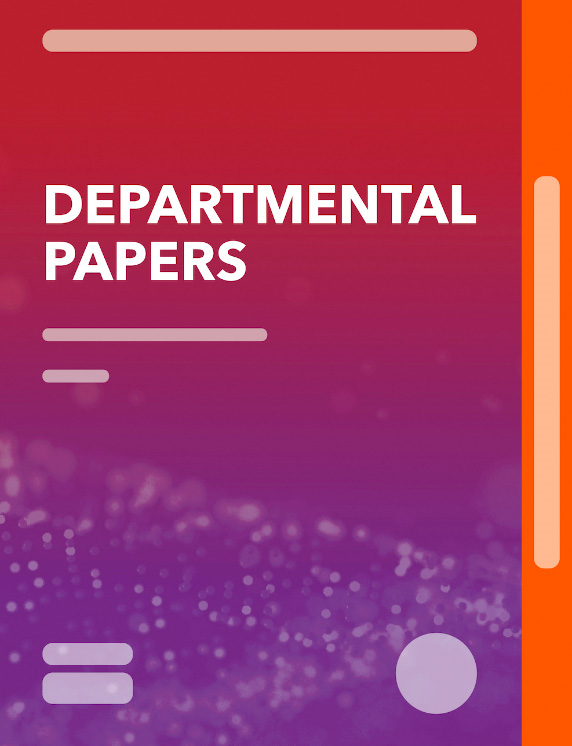Fiscal Multipliers in Ukraine
March 27, 2015
Disclaimer: This Working Paper should not be reported as representing the views of the IMF.The views expressed in this Working Paper are those of the author(s) and do not necessarily represent those of the IMF or IMF policy. Working Papers describe research in progress by the author(s) and are published to elicit comments and to further debate
Summary
Amid renewed crisis, falling tax revenues, and rising debt, Ukraine faces serious fiscal consolidation needs. Durable fiscal adjustment can support economic confidence and rebuild buffers but what is its overall impact on growth? How effective are revenue versus spending instruments? Does current or capital spending have a larger impact? Applying a structural vector autoregressive model, this paper finds that Ukraine’s near-term revenue and spending multipliers are well below one. In the medium-term, the revenue multiplier becomes insignificant (with a wide confidence interval) and the spending multiplier strengthens. Capital and current spending have a similar effect on growth but the capital multiplier remains significant for longer. These results suggest near-term consolidation based on a combination of revenue and spending measures would have a modest impact on growth. At the same time, medium-term policies could minimize the adverse consequences of consolidation on growth by offsetting some current spending cuts with increased capital spending. Given the severe challenges facing the Ukrainian economy, it is important that policymakers apply these results in conjunction with broader considerations such as public debt sustainability, investor confidence, credibility of government policies, and public spending efficiency. Consequently, it may be necessary to rely more on current spending cuts over other types of consolidation measures even though multiplier estimates suggest a more diverse combination of measures.
Subject: Capital spending, Current spending, Expenditure, Fiscal multipliers, Fiscal policy
Keywords: Capital spending, Current spending, Fiscal consolidation, fiscal multipliers, Global, impact multiplier, multiplier, multiplier estimate, revenue multiplier, revenue policy, spending multiplier, structural VAR, WP
Pages:
17
Volume:
2015
DOI:
Issue:
071
Series:
Working Paper No. 2015/071
Stock No:
WPIEA2015071
ISBN:
9781484305898
ISSN:
1018-5941







